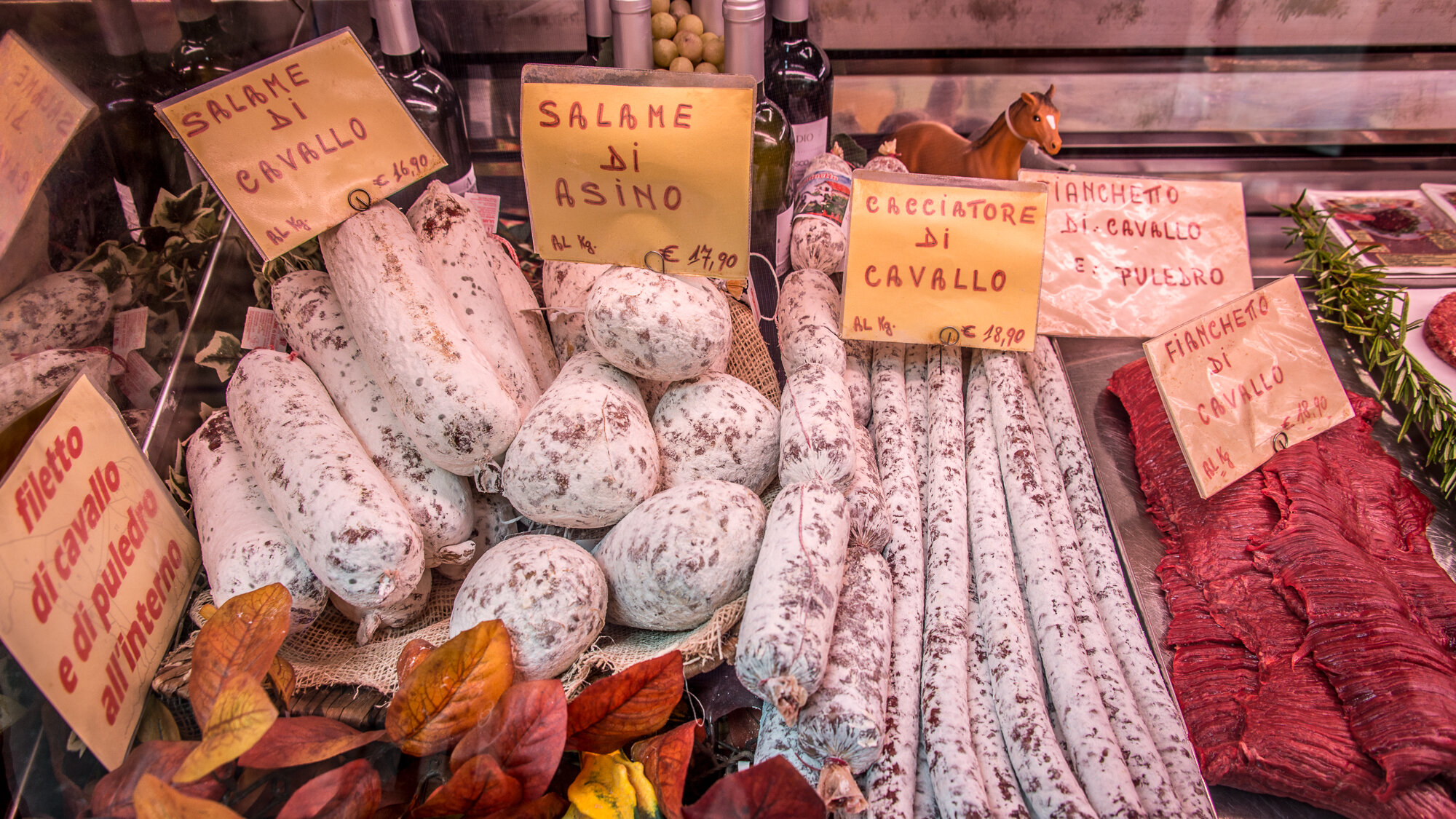The church of San Giorgio Maggiore sits just where it should sit…where it needs to sit.
“Here is what I like about San Giorgio Maggiore: its front-and-center location...”
Yes, it is placed where it is best viewed by the millions who have visited Venice over the centuries. That place is its own little island just off the eastern tip of the Giudecca Island of the Venetian lagoon. That’s it dead-center in the aerial photo.
I like this church, sitting on its own little island. Read on to see why.
The island of San Giorgio Maggiore is dead center
The Church
The church interior isn’t as charming as many in Italy…as a matter of fact, it’s a bit austere. It gets its just attention from the location just across the Bacino San Marco (St Mark’s Basin) from the heart of Venice, Piazza San Marco. If you’ve browsed photos of Venice, you’ve most likely seen the Church of San Giorgio Maggiore.
‘San Giorgio Maggiore’ you’re wondering? That’s ‘Saint George the Major’…not to be confused with any lesser Saint Georges. This is the one that slayed the dragon in the days of dragons. Be thankful that his work gave us one less thing to be worrying about these days.
There was an original church sitting in the same location in about 790. That church was given over to the Benedictine monks. But alas, in 1223, the buildings of the island were destroyed by an earthquake. The very famous architect of his time, Palladio, came along in the 16th century, and he built the present Palladian-looking church.
The Benedictines
Benedictines? I don’t know much about them. But, I do know that if they had anything to do with creating the liqueur known as ‘Benedictine’, which is a key ingredient of ‘Benedictine and Brandy,’' further known by those of us who know it well as simply “B&B” — then I give them kudos for their early work at distillation. I think they are also known for chanting whilst thumping themselves on the forehead with their tomes of supplication…though I’m not sure that Monty Python and the Holy Grail is considered serious history.
The Campanile
Prominent when viewing the church is the campanile, also known as a bell tower.
You can see both the church and its campanile in this night-time, time-lapse photo.
The campanile was built just before Columbus headed west into the sunset, but it suffered the embarrassment of collapse in 1774. It was soon rebuilt to its present, stable (we hope) stance. It’s this campanile that gives the church my own blessing.
So, What’s There to Like?
Here is what I like about San Giorgio Maggiore: its front-and-center location and the great view of, and from, the afore mentioned campanile. You’ve seen the pirate movies where the pirate captain has his spyglass up to his eye, seeing a captain of another ship spying right back at him, right? That’s how it works for San Giorgio Maggiore…while you are spying it from across the basin, you are being spied upon right back from that well endowed campanile. The point? You get a superb view of the main island of Venice from the campanile, and versa vice.
Check Out the Views — Of San Giorgio Maggiore
Here are photos I’ve taken over the years of San Giorgio Maggiore.
And here is Glenn’s favorite view of San Giorgio Maggiore.
Check Out the Views — From San Giorgio Maggiore
So, here we will be spying back the other way, just like Craig and Leslie are doing, here.
The expansive view of the Venetian sestiere of San Marco
An engraved look at Venice
If we turn our backs to Venice proper, we get a view of the Benedictine hedge maze, called ‘Labirinto Borges’ . It looks to be a great plot element for a Venetian mystery novel, complete with Benedictine monks chanting and sipping a B&B or two whilst being maze-chased by a despicable monk-loathing villain.
And then there’s the view of the exclusive Hotel Cipriani, of the-only-swimming-pool-in-Venice fame.
The Man Himself
Whilst making one’s way around the campanile, you will get a view of Saint George, himself…standing atop the dome of the church. But, here’s a mystery for you.
In this photo that I took in 2012, we see that alas, Saint George may not have gotten the best of that dragon as reported throughout history!
But ahhh, here we are during our 2018 visit, and we find that St George has been able to assemble all his parts into one place, including his famed dragon-killing spear. Great recovery, George!
I’ll leave you with a view captured by Claude Monet, just one of many he produced in a series featuring San Giorgio Maggiore.
I highly recommend that you visit the church of San Giorgio Maggiore during your Venetian explorations. The view from the campanile is all-encompassing, and on a clear day, you might be treated to a backdrop of the Alps.
It is a quick vaporetto ride from either the Zattera vaporetto stop of Dorsoduro, or the San Zaccaria stop of San Marco. And don’t fret over climbing several flights of steps to get to the observation deck, as an elevator will carry you there, leaving your breathily exhalation for the view.
Ciao for now,
Steve
Not Yet a Subscriber to My Articles? Resolve that Issue Here!
















